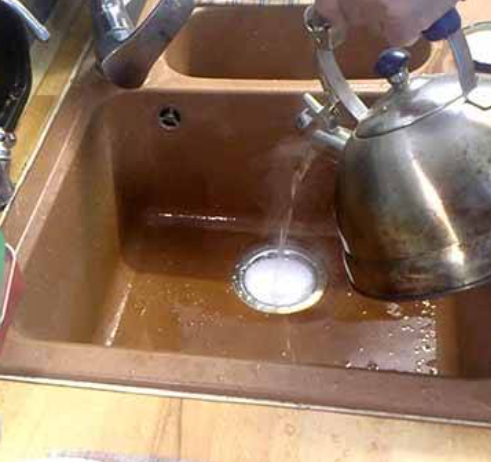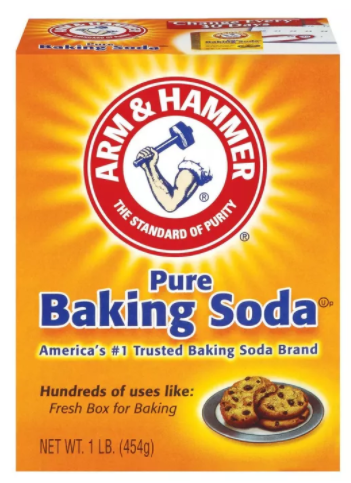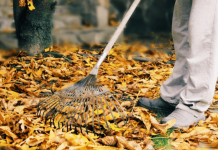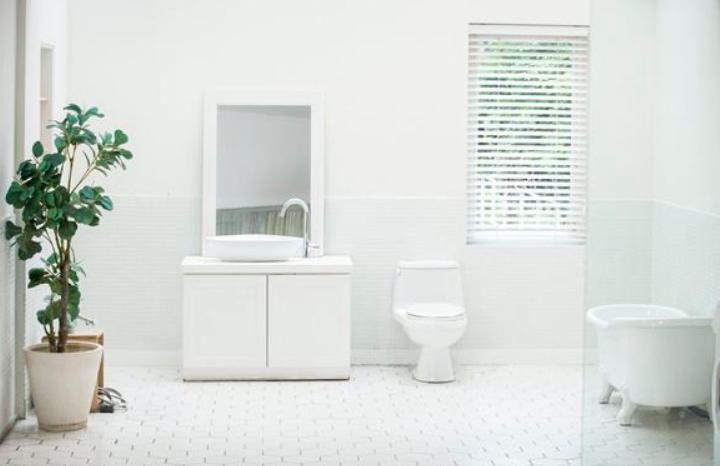Each of us has encountered a situation where water doesn’t come out of the sink. This means only one thing – a clogged drain.
There are two possibilities:
- The siphon (the plastic or metal element of the drain that goes directly from the sink to the pipe) is clogged
- The drain pipe itself is clogged
A clogged drain, wherever it occurs, is unpleasant. Fortunately, it’s often a simple solution that homeowners can find on their own. There are several tricks that can help prevent clogged household drains.
While the tasks that can be done without protective gear can be simple, it is always best to use safety glasses and rubber gloves.
Draining water from the sink
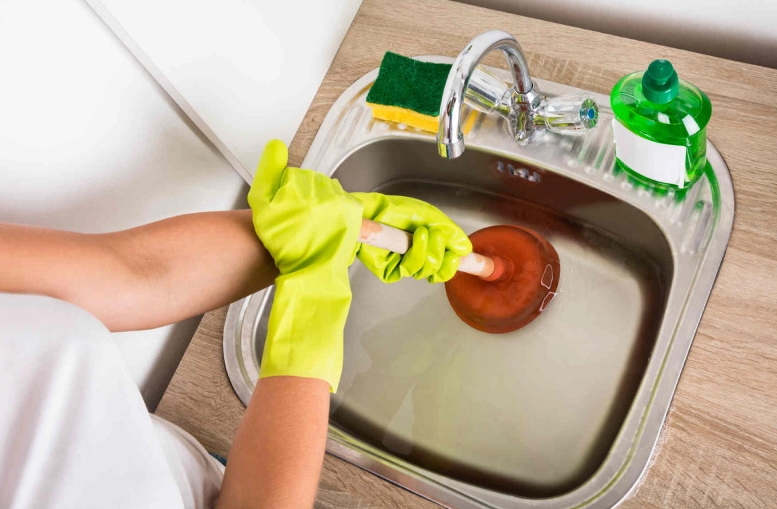
You can buy a plunger for less than $5 at most hardware stores.
Here’s how to unblock the sink:
- Block the sink drain manually or with a plunger. In the case of a sink with a strainer, remove the strainer from the side where it is clogged, blocking the opposite side of the drain.
- Place the bowl of the plunger over the clogged drain and make sure the hole is completely covered.
- Pour enough water into the sink to cover the bowl, holding the plunger firmly in place. It should be held firmly in place.
- With sharp, jerky up and down strokes, clear the clog. Create as much pressure as possible without damaging the seal.
- Check your progress after about 6 pressings. Release the pressure between the bowl and the sink surface and the water will flow out. If the water level has not changed, lower the seal and keep trying. You will often feel the clogs disappear as the piston pumps much more easily.
- When the clog is cleared, pour out half a stream of hot water to flush out the remaining debris.
U-pipe (drain trap) removal and cleaning

U-pipes, which are found under almost all sinks, also called siphons, are prone to clogging or buildup. Disassembling for a good cleaning certainly doesn’t hurt either way, but it can be especially helpful if the drain is slow or clogged.
- Get a plumber’s wrench and an empty bowl to drain the water. Place the bucket under the U-tube to collect debris or water.
- Use a wrench to loosen the cap nuts on both ends, then remove them, holding the pipe in place.
- Set the coupling nut aside and turn the pipe over to drain the water into a bucket. You can use a metal brush or an old toothbrush to clean the deposits inside the siphon. Large dirt is easy to grasp with your fingers, but be sure to wear rubber gloves.
- Clean the area around the connection and rinse by running some hot water through the U-tube (use low pressure – the drain will drain right into the bucket!).
- Reassemble the drain trap and make sure the nut is securely fastened.
How do I clean my sink with a snake drain to remove clogs?

A serpentine drain to remove clogs with a drill adapter is a good investment for homeowners. Prices range from $10 for a small passive pump and $200 for a more powerful serpentine drain. Eye protection and rubber gloves are required for this operation!
You will need an empty bowl as well as a pump. If you have a helper or flashlight, a light that shines directly into the drain will come in handy, but it will also get you started.
Slowly advance the pump down the pipe into the drain. After going a few inches, slowly pull the handle to lower the auger head into the sewer. It is ready to handle bends and difficult areas, but you may feel an obvious clog when you encounter a real clog.
There are several different ways to detect a clog.
- If the auger head pushes the clog halfway through, the lever will be harder to turn. It should be gently pulled out of the clog by gently rocking the coil, slowly pulling it out of the drain. Make sure the bucket is close enough that it can fall on the table or floor as you move debris or debris.
- The auger nozzle will clear the clog as it rotates. It will be a little more difficult to start the motor at first, but gradually it will become easier as the clog clears. Gently move the auger back and forth to pick up as much dirt as possible.
For a simple plastic snake (no handle), follow the same steps to help you overcome the blockage. After you feel firm resistance, slowly twist the snake to firmly grasp the debris and pull it out. Do this too slowly and twist the snake more as it begins to slip away from the debris. You may have to repeat this step several times to erase the block completely.
Clear the blockage, remove the snake from the drain pipe, then flush the drain (and potential debris) with hot water.
How to clear a clog in the sink with vinegar and baking soda
Try using a homemade eco-friendly sewer cleaner.
Traditional sewer cleaning products contain many dangerous chemicals that can harm your family and your plumbing. Using homemade materials, you can create eco-friendly and safe products that are safer and more effective.
If the membrane is relatively small, you can rinse it with just water. Bring a pot of hot water to a boil on the stove. When it starts to foam, take it off the heat and slowly drain the water into the clogged drain. The water may drain slowly at first, but if the clog is clogged, the water will soon begin to drain normally.
For rougher clogs, prepare baking soda, white vinegar, and a cloth. Pour half a cup of baking soda and half a cup of vinegar down the drain, immediately plug the drain with a rag and allow the mixture to foam and dissolve into the clog. After about an hour, pour the water into a pot of boiling water and add hot water.
You may have to repeat this process twice to avoid the difficulty.
Opening the drain can be a simple task, but if the problem occurs frequently, it can be time-consuming. Insulate the pipe or add mesh to the drain to prevent clogging.
If none of the above methods worked, then it’s time to call a plumber. Most likely, the blockage has formed too deep and is clogged tightly beyond the reach of most clogging tools.

